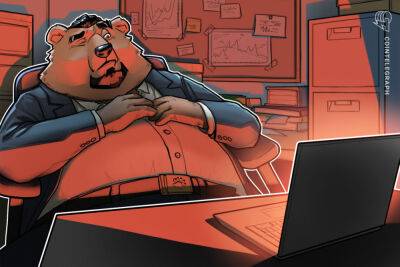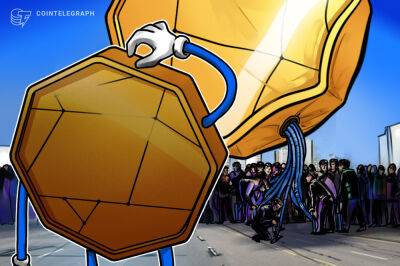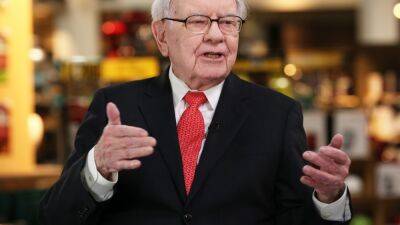Bank bosses’ optimism darkens as war follows on the heels of Covid
British banks that took 2021’s bumper profits as a sign of better things to come will be bracing themselves for disappointment this week.
With the Covid pandemic waning, 2022 was meant to mark the slow return to normal: a rebound in international travel, economic growth, and interest rates up from record lows. Barclays’s former boss Jes Staley was particularly optimistic last year, saying that “tremendous pent-up demand” would lead to a robust economic recovery that would “carry through into 2022”.
But Russia’s invasion of Ukraine has rattled global markets and jeopardised energy supplies – exacerbating already-soaring costs for consumers and businesses and resulting in a dimmer outlook for bank earnings.
The UK’s cost-of-living crisis has arisen just months after the government ended Covid support schemes that not only kept companies and workers afloat but, by extension, helped banks avoid the surge in defaults that was feared at the start of the pandemic.
But the broader effects of rising inflation and geopolitical tension are being felt worldwide, with JP Morgan’s boss, Jamie Dimon, warning last week that a recession was “absolutely” possible.
It means the same banks that released billions of pounds’ worth of loan loss provisions last year, in the belief that the worst was over, will have to start clawing back that cash as borrowers fall on hard times. That will dampen earnings growth and forecasts at the UK’s big four lenders – Lloyds, NatWest, HSBC and Barclays – all of which are due to report first-quarter results over the coming week.
For example, Barclays is expected to put aside £299m for potential defaults, up from £55m a year earlier, when Staley was predicting an economic boom. That is likely to contribute to a
Read more on theguardian.com

 theguardian.com
theguardian.com






![How much longer can Shiba Inu [SHIB] hold on to its 8-month support level - ambcrypto.com](https://finance-news.co/storage/thumbs_400/img/2022/5/21/26572_mbgt.jpg)

![How Bitcoin’s [BTC] consolidation phase can yield profits for traders - ambcrypto.com](https://finance-news.co/storage/thumbs_400/img/2022/5/21/26570_rsly.jpg)










